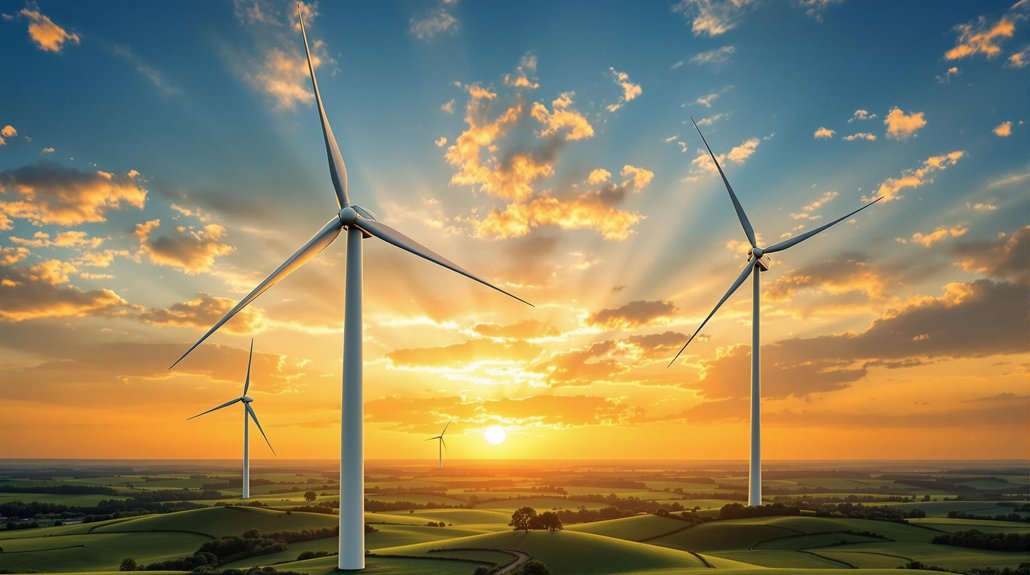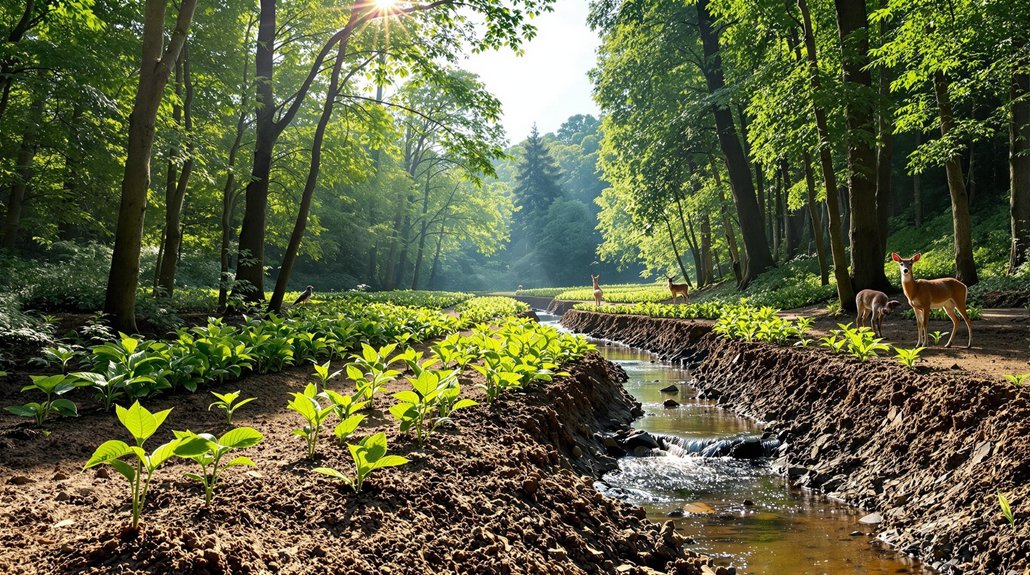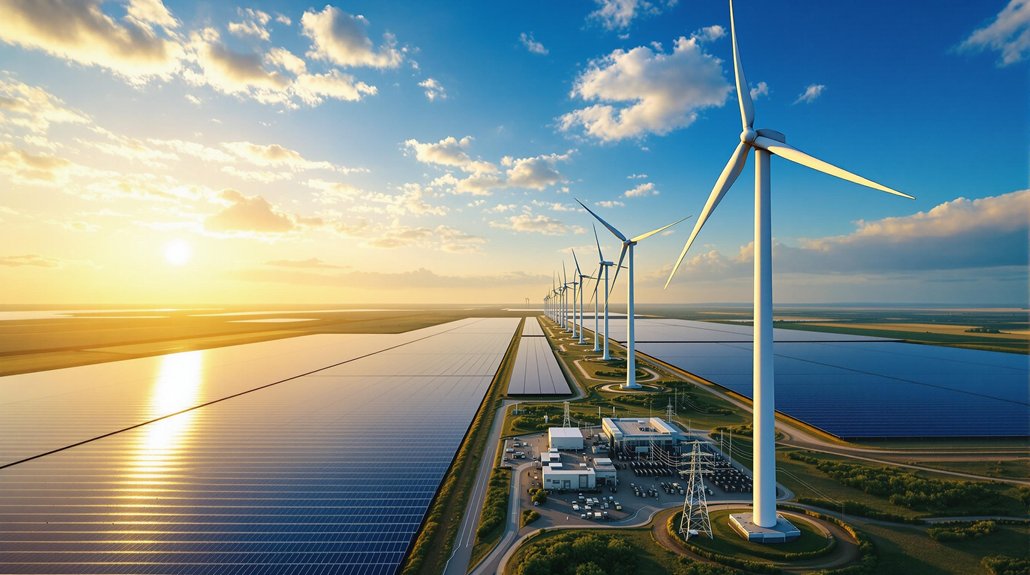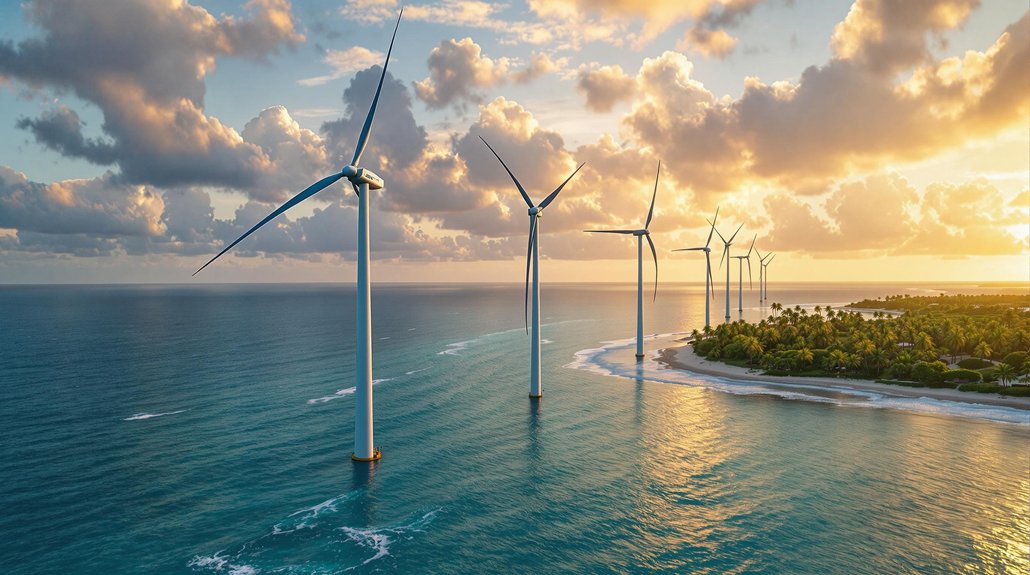Three-blade horizontal axis wind turbines (HAWTs) are generally considered the best design, balancing efficiency and cost. They’re more common worldwide than vertical axis turbines (VAWTs). Most modern blades use fiberglass composites, with carbon fiber gaining popularity for its strength. Three-blade designs work well in most conditions, while turbines with more blades perform better in low winds. Ongoing innovations include morphing blades and winglets that enhance performance. The ideal design depends on specific installation conditions.
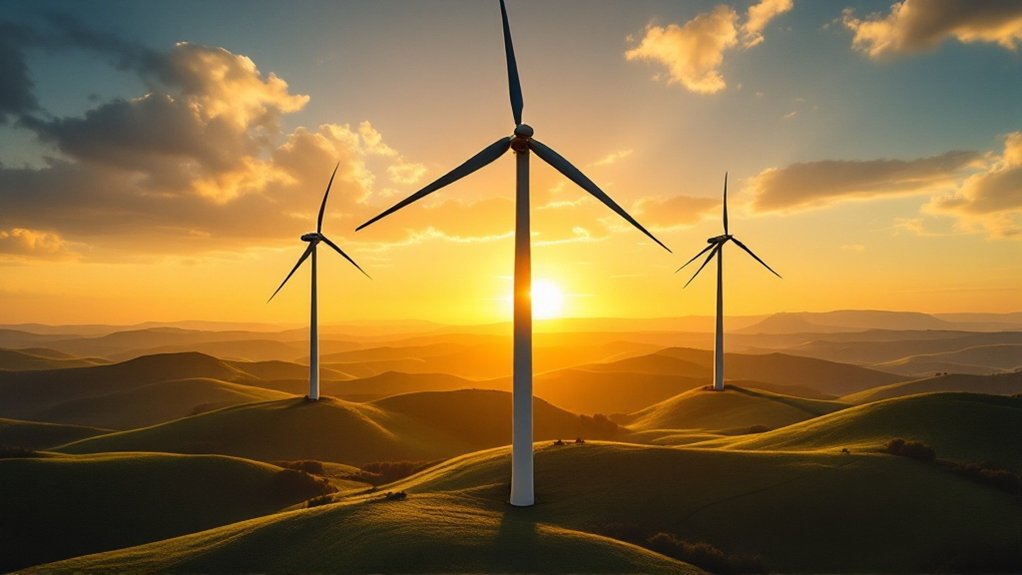
The silent giants of renewable energy, wind turbines, come in various designs defined largely by their blades. These massive structures convert wind into electricity through different blade configurations, each with unique advantages. Wind turbine designs fall into two main categories: horizontal axis wind turbines (HAWTs) and vertical axis wind turbines (VAWTs).
HAWTs are the most common type worldwide. They feature propeller-like blades, typically three per turbine. These blades can stretch over 100 meters long on modern turbines. The longer the blades and higher the turbine, the more power it can generate. This explains why manufacturers keep developing increasingly larger blades. Optimal blade designs maximize lift and thrust to improve overall turbine efficiency.
The race for longer blades and taller towers continues as manufacturers push the limits of wind power generation.
VAWTs look quite different with their eggbeater (Darrieus) or S-shaped (Savonius) designs. They don’t need to face the wind direction to work, making them suitable for urban settings and rooftops. However, they’re less efficient than HAWTs, which is why they’re not as widely used commercially.
Most modern turbine blades (about 80%) are made from fiberglass composites. Carbon fiber is gaining popularity since it’s stronger and lighter, though more expensive. Some smaller turbines use laminated wood, while aluminum appears in older or smaller designs. Researchers are also exploring thermoplastics for better recyclability.
The number of blades affects performance and efficiency. Three-blade designs balance cost and energy production. Two-blade turbines are slightly less efficient but cost less to manufacture. Single-blade designs have been tested but aren’t common. Residential turbines in areas with less wind often require more blade count such as 7, 9, or 11 blades for optimal performance. More blades help in low wind conditions, while fewer blades allow faster rotation.
Engineers continue to innovate with blade designs. New approaches include segmented blades for easier transportation, morphing blades that adapt to wind conditions, and special shapes that reduce noise. Some blades now feature winglets at the tips and vortex generators on their surfaces to improve performance. These innovations contribute to reduced carbon emissions while making wind energy increasingly cost competitive with traditional power sources.
As wind energy expands globally, blade technology continues to evolve, with offshore installations typically using the longest and most advanced blade designs.
Frequently Asked Questions
How Does Blade Design Impact Wildlife and Bird Mortality?
Blade design greatly affects wildlife mortality around wind turbines.
Studies show black blades reduce bird deaths by over 70% compared to white ones. Longer, wider blades create larger collision hazards, while slower-moving blades give animals more time to avoid them.
Fewer blades generally mean fewer collisions. Researchers are testing high-contrast patterns and reflective coatings to make blades more visible to birds and bats.
What’s the Average Lifespan of Different Turbine Blade Materials?
Wind turbine blade lifespans vary by material.
Glass fiber (GFRP) blades last 20-25 years and are most common.
Carbon fiber (CFRP) blades have the longest lifespan at 25-30 years.
Wood-epoxy composite blades don’t last as long, typically 15-20 years.
Thermoplastic composite blades, a newer technology, have a projected lifespan of 20-25 years.
Each material has different durability factors affecting how long they’ll operate effectively.
Can Damaged Wind Turbine Blades Be Recycled?
Damaged wind turbine blades can be recycled, though challenges exist.
While 85-90% of turbine components are recyclable, fiberglass composite blades remain difficult to process.
Emerging technologies include pyrolysis, mechanical shredding, and chemical recycling.
Some blades get repurposed as bridges or playground equipment.
Others are ground into construction materials or cement filler.
Industry initiatives aim for fully recyclable blades by 2025, with manufacturers developing more sustainable materials.
How Do Extreme Weather Conditions Affect Different Blade Designs?
Extreme weather affects turbine blade designs differently.
Carbon fiber blades handle lightning better than aluminum ones and resist temperature changes in cold weather.
Longer blades bend more in high winds, while curved designs reduce wind load.
All blades suffer from erosion, which can increase drag by up to 500%.
Ice buildup reduces efficiency, though some turbines have de-icing systems.
Feathering mechanisms and brakes protect blades during storms.
What Noise Levels Do Various Blade Designs Produce?
Different wind turbine blade designs produce varying noise levels.
Three-bladed horizontal-axis turbines typically generate 35-45 dB at 300 meters, similar to refrigerator noise.
Vertical-axis designs are generally quieter, producing 30-35 dB at 100 meters.
Modern blades with serrated trailing edges can reduce noise by 3-5 dB.
Fewer blades and optimized airfoil shapes create less noise.
Blade tip speed is the biggest factor affecting noise production.
